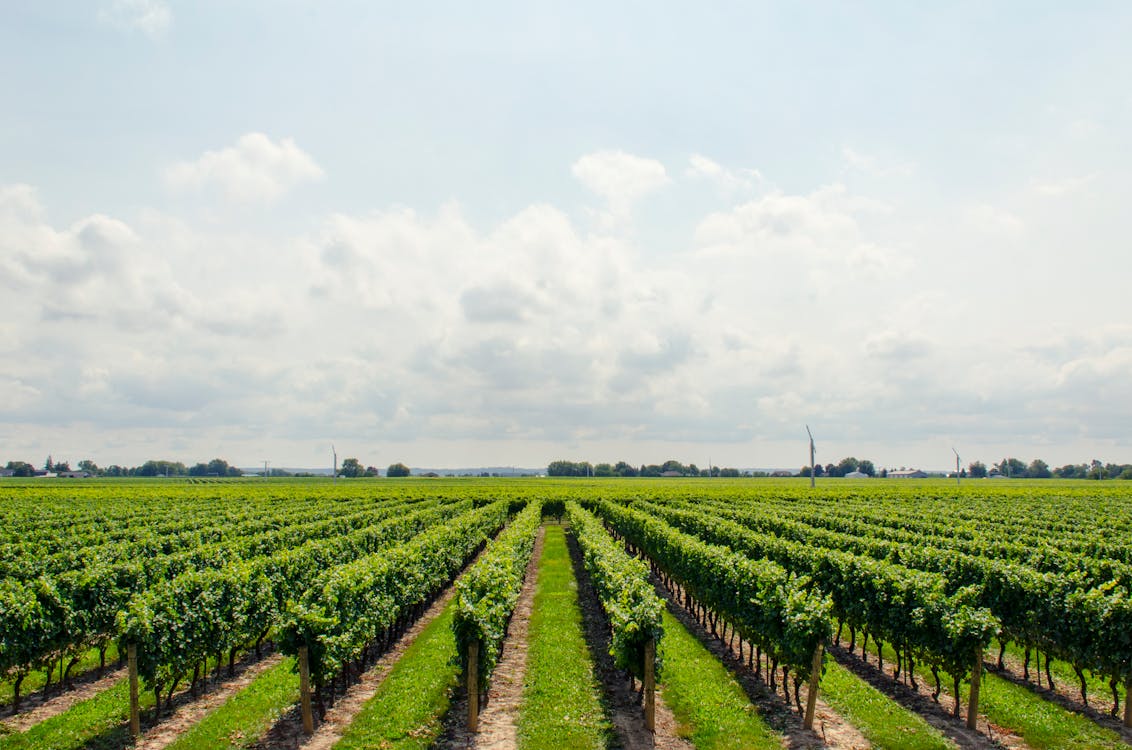Our journey through "Cultivating Tradition" has led us from the depths of aquaculture to the heart of the forest in silviculture. Today, we embark on a journey to the vineyards, where grapevines are cultivated, nurtured, and transformed into the nectar of the gods - wine. This practice is known as viticulture.
Viticulture is an art form in its own right. It's the practice of planting, pruning, training, and managing grapevines to optimize grape quality, yield, and the health of the vineyard. This field of agriculture plays a crucial role in the production of grapes for winemaking and grape-based products, as well as contributing to the agricultural and cultural landscapes in regions where viticulture is practiced. Viticulture is more than just an agricultural pursuit; it's a celebration of culture, history, and the art of turning grapes into wine.
Cultural Significance of Viticulture
Wine has played a central role in cultures around the world for centuries. The art of winemaking is steeped in traditions and rituals, from the vineyards of France to the cellars of Italy. Viticulture is the foundation upon which these traditions are built.
Wine often serves as a cultural ambassador, representing the identity and character of a region or people. The soils, climate, and grape varieties cultivated in each vineyard impart unique qualities to the wine, reflecting the cultural nuances of the area. In this way, viticulture becomes a living testament to the identity of a society.
Viticulture is not just about the grapes but also the celebrations that accompany the harvest. Many cultures have grape harvest festivals, where communities come together to pick the ripe fruit and participate in traditional rituals. These celebrations connect people to the land and create a sense of cultural belonging.
Culinary Pairings
Wine is an integral part of culinary culture. The pairing of wine with food is a testament to the harmonious relationship between viticulture and gastronomy. Whether it's the bold red wines of Argentina complementing a hearty asado or the sparkling wines of Champagne elevating a meal in France, viticulture plays a vital role in culinary traditions.
Viticulture connects us with the rich traditions of winemaking. It's a bridge that spans generations and offers a taste of history with every sip. By practicing viticulture, individuals and communities not only produce wine but also preserve the traditions that make it unique.
Stay Tuned
Our exploration of viticulture is just one part of our journey through the cultural landscape of agriculture. In the upcoming posts of the "Cultivating Tradition" series, we'll delve into sericulture—the rearing of silkworms for the production of silk.
Thank you for being part of this adventure, celebrating the rich traditions of the land and the people who tend it.





